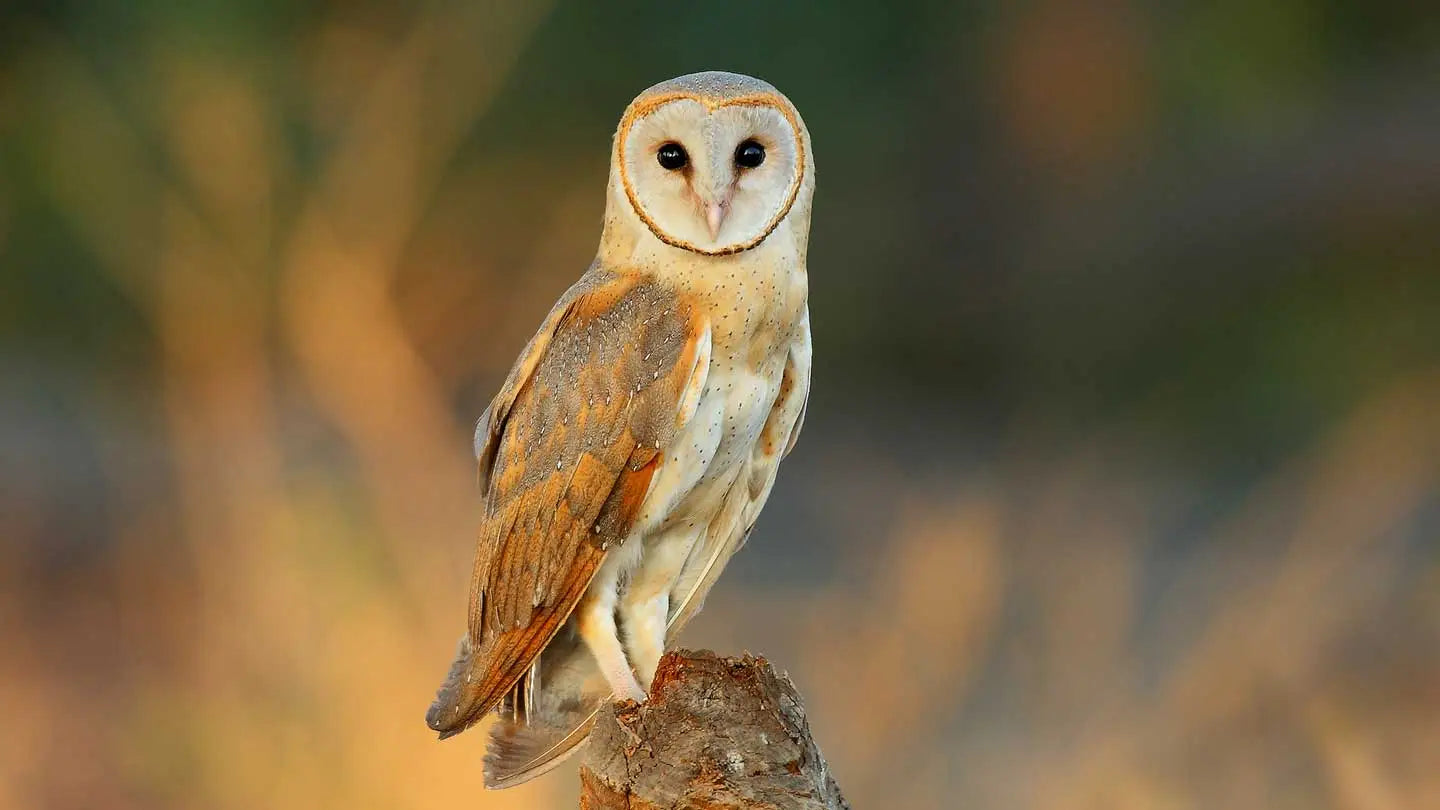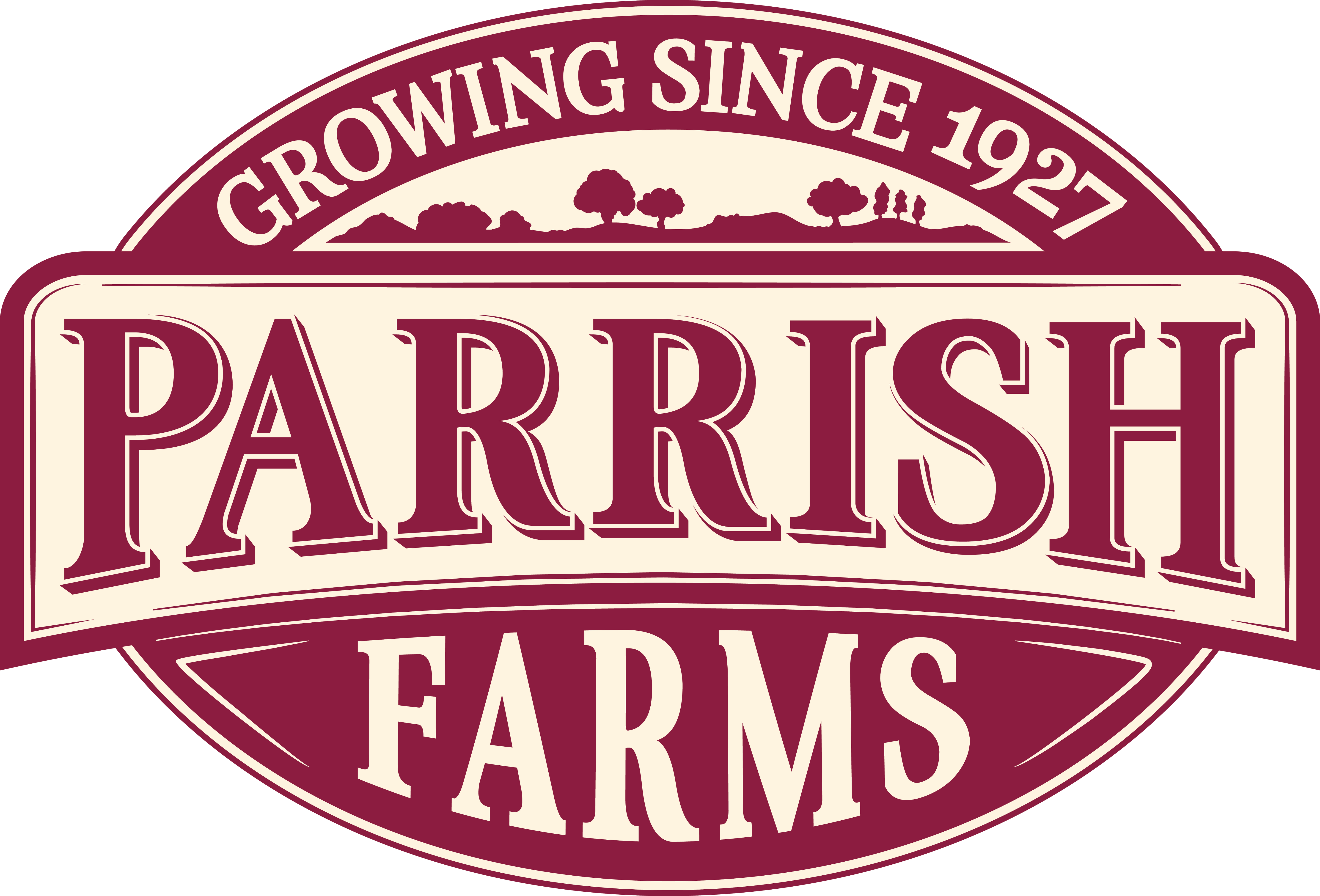
Commitment to Wildlife Conservation: Our 'Focus 4' Species
by Robyn Mason
on Jun 19 2025
At Parrish Farms, we take pride in upholding the highest environmental farming standards, following the LEAF Marque principles. We are always seeking innovative ways to protect local wildlife and support the recovery of endangered species in Bedfordshire. While we care for all creatures, we recognise that some need more targeted assistance. That’s why we’ve chosen four key species to monitor and provide the resources they need to flourish on our farm.
Barn Owls
Barn Owls are a cherished sight at our farm, gliding silently over the fields during warm summer evenings. Despite their widespread presence across the UK, their numbers plummeted during the 20th century due to harmful pesticides such as DDT. Fortunately, these chemicals have since been banned, but Barn Owls still need safe habitats to breed and thrive.
To encourage their recovery, we have installed several owl nesting boxes in secluded, sheltered locations where they can breed undisturbed. Each year, a licensed bird ringer visits to monitor their nesting progress, and we are delighted that many Barn Owls have successfully raised their young in these spaces.
Additionally, by preserving woodlands, planting hedgerows, and allowing sections of our land to grow wild, we support a thriving ecosystem that ensures a steady supply of prey for our Barn Owls. This approach not only benefits these majestic birds but also strengthens biodiversity across the farm.

Great Crested Newt
The Great Crested Newt is one of the UK’s most protected amphibians, and we’re proud to be making a difference for them right here on the farm. These remarkable creatures depend on clean, well-maintained freshwater habitats to breed, as well as terrestrial spaces to shelter and forage.
To support them, we monitor our pond life year-round, and we carry out monthly water quality checks in our rivers and reservoirs. Reeds have been planted to provide shelter and spawning areas, while banks are regularly maintained to prevent erosion and improve access for wildlife.
Here's an example of how we cleared out an overgrown pond and transformed it into an incredible, healthy aquatic ecosystem. The top photo shows the pond shortly after clearance, while the second captures how vibrant and full of life it is now. We removed excess silt, invasive vegetation, and shaded overhanging branches to restore open water and sunlight, both of which are essential for healthy ecosystems. These improvements have boosted oxygen levels, encouraged aquatic plants to thrive, and created ideal breeding conditions for Great Crested Newts and other freshwater species. It’s a powerful reminder that a little thoughtful intervention can go a long way in supporting pond life.

Yellowhammer
The Yellowhammer, with its bright yellow feathers and “a-little-bit-of-bread-and-no-cheese” song, is a welcome sight and sound across our hedgerows. Sadly, this once-common farmland bird is now in decline, largely due to the loss of suitable nesting habitats.
Yellowhammers prefer to nest in short, dense hedgerows next to ditches or rough field margins. They build their nests low to the ground and raise chicks well into late summer. For this reason, we avoid any hedge, ditch or margin cutting between 1 March and 31 August, giving these ground-nesting birds the best possible chance of a successful breeding season.
We’ve planted new hedgerows and are improving old ones through traditional hedge-laying, an effective way to thicken and rejuvenate hedges while creating shelter for wildlife. All hedge work is carefully timed to avoid disturbing any active nests. With these efforts, we’re building a landscape where Yellowhammers can safely return and raise the next generation.

Bumblebees
Wildlife conservation isn’t just about birds! Pollinators like Bumblebees play a vital role in our ecosystem, particularly in agriculture. Without them, UK farmers would face an estimated £1.8 billion increase in pollination costs, which would significantly impact food production. Alarmingly, eight Bumblebee species in the UK are endangered, with two already extinct.
To support these essential pollinators, we’ve designated large areas for nectar-rich wildflowers and hedgerows, ensuring a continuous supply of pollen throughout the year. We also provide safe nesting spaces by preserving undisturbed grassland and installing specialist Ceramic Bumblebee Nesters, giving these busy insects the best chance of survival.
